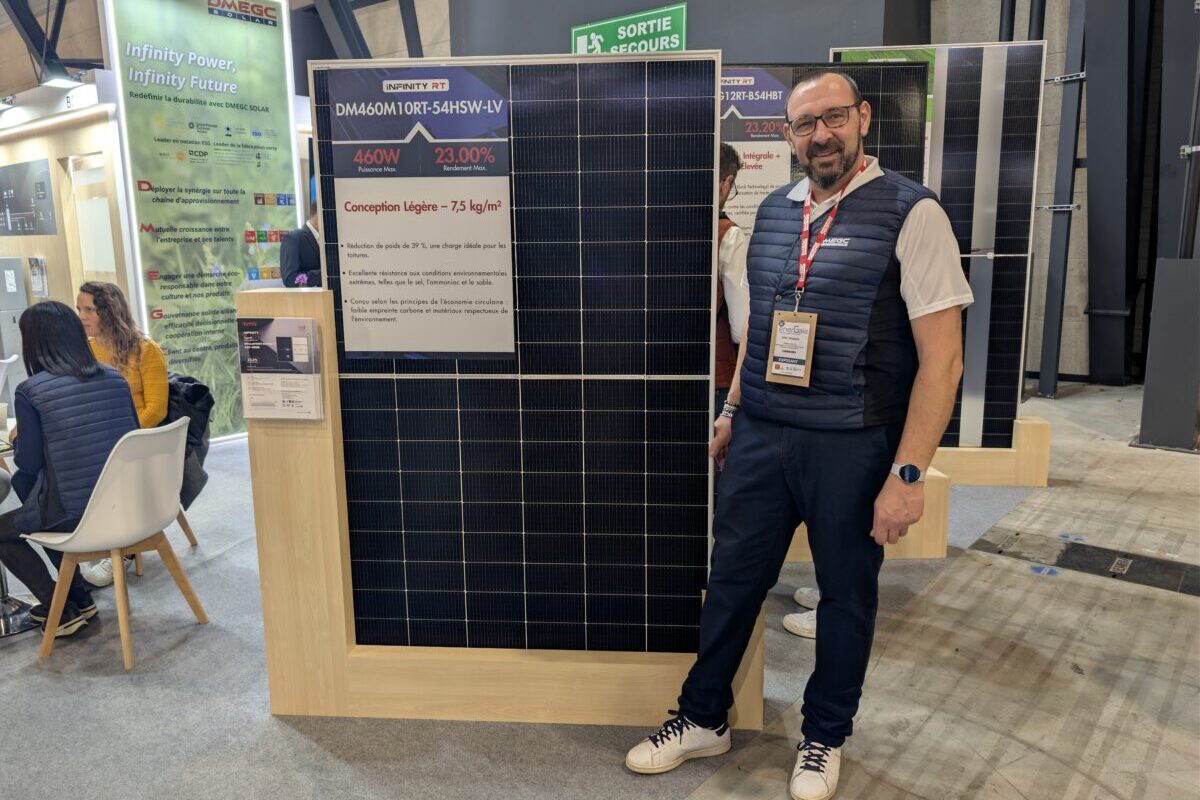Scientists at the Tarbiat Modares University (TMU) in Iran have investigated the potential use of concentrating photovoltaics (CPV) in agriculture and how they can compete with conventional PV systems.
According to Shiva Gorjian, the corresponding author of the research, “while CPV systems may be initially more expensive than conventional PV systems, their higher efficiency and potential benefits to crop yield and land use make them a promising technology for use in agrivoltaics.”
Gorjian added that by using CPV systems, less land is required to generate the same amount of electricity as a conventional PV system, which can make agrivoltaic installations have less impact on agriculture and take up less land.
The research team's paper, “Technological advancements and research prospects of innovative concentrating agrivoltaics,” published in Applied Energy, outlined several CPV system configurations for use in agrivoltaics, which have been previously analyzed or implemented.
The research highlighted the advantages of using CPV systems, such as the ability to create microclimates that benefit certain crops and the potential to be used in urban environments for cultivating plants and vegetables.
The researchers emphasized the use of tracking modules in CPV systems that ensure that the shadow of the plant moves and does not remain in the same area. They also explained that the optical mechanism of the CPV system can better solve the problem of light splitting compared to conventional agrivoltaics.
The research group included academics from Iran's Bu-Ali Sina University, the University of Manitoba in Canada, the University of Science and Technology of China (USTC), and Mälardalen University (MDH) in Sweden.
This content is protected by copyright and may not be reused. If you want to cooperate with us and would like to reuse some of our content, please contact: editors@pv-magazine.com.




The paper’s highlight actually says 90 W / m^2 for CPV agrivoltaics as opposed to 180 W / m^2 for regular PV. This seems to contradict the statement that more power per area can be obtained using CPV? Or are they comparing a loosely packed CPV agrivoltaics arrangement with a more densely packed regular-PV non-agrivoltaics arrangement (comparing apples and oranges) ?
As far as I know, concentrator multijunction PV is the record holder in per-area efficiency with a factor up to 2 better than the regular PV records. But maybe the tracking and bearing installation for these concentrator systems implies area wasted, offsetting their initial efficiency advantage?